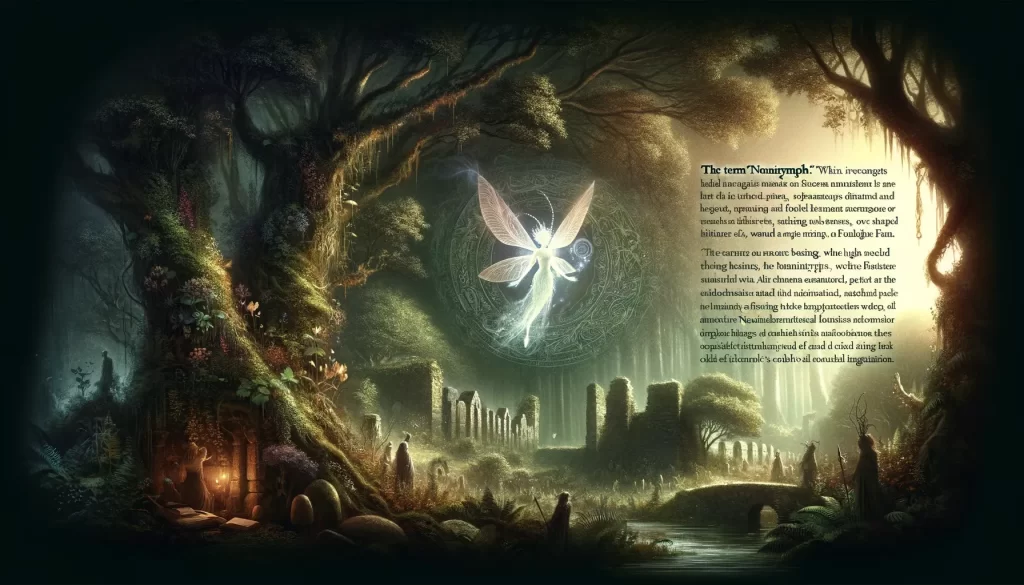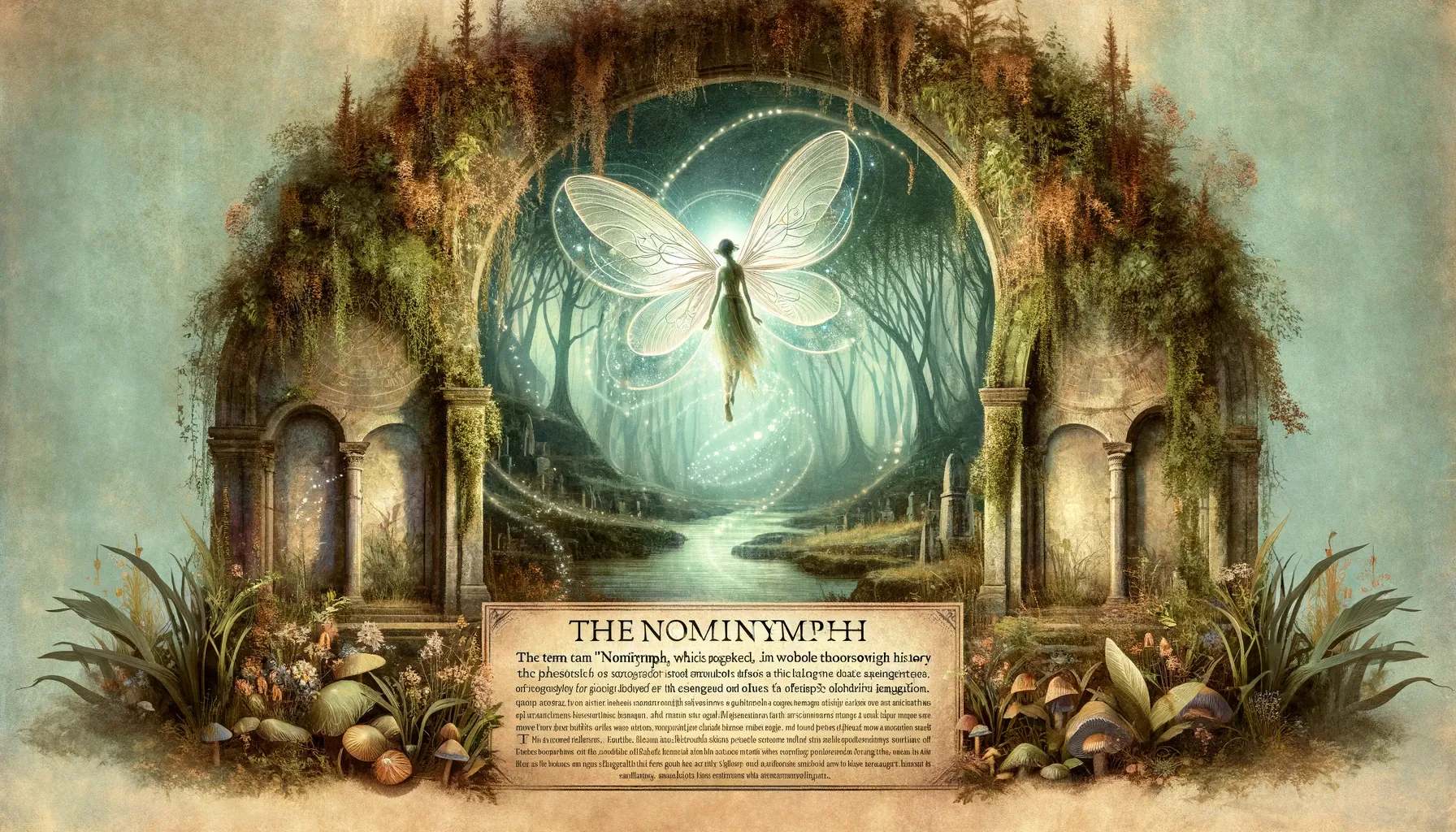Embark on a journey through ancient stories as we uncover the captivating role of nominymphs. Discover the fascinating narratives that weave the mysterious insect into the fabric of our cultural history.
The term “nominymph,” which reverberates throughout history, is woven into the fabric of folklore. Through this investigation, we will explore the mysterious role that these beings occupied in the stories of the past. Get ready for a trip back in time, where the existence of nominymphs left a lasting impression on people’s collective imagination.
The Mythical Origins
When we first begin to delve into the archives of old folklore, we come across myths and legends that depict nominymphs as phantom entities. These tales frequently portray nominymphs as messengers of the gods, bridging the gap between the worlds of mortals and immortals. Their fleeting beauty and otherworldly qualities serve as symbols of metamorphosis and divine intervention.
Read also: Why Am I Craving Milk

Nominymphs as Harbingers of Change
Upon closer examination, we discover that nominymphs are often associated with significant moments in ancient stories. These moments may herald the arrival of a hero, portend upcoming difficulties, or signal the end of an era. The creatures’ metamorphosis fits in perfectly with the ever-evolving currents of ancient tales.
Guardians of Sacred Spaces
Ancient cultures frequently held nominymphs in high regard as sentinels, keeping an eye on enchanted forests, mystical springs, and sacred groves. Their benevolent presence, associated with prosperity and harmony, highlisghts the profound interconnection between the natural world and the spiritual domain in ancient belief systems.
The Symbolism of Nominymphs
Beyond their narrative roles, nominymphs carry rich symbolism in ancient stories. Often associated with themes of rebirth, fertility, and the cyclical nature of life, these insects become metaphors for the eternal dance of creation and destruction. Their inclusion in myths adds layers of meaning and depth to the cultural narratives passed down through generations.
Nominymphs in Epic Poetry
The allure of nominymphs extends to epic poetry, where bards and poets weave intricate verses that immortalize these creatures. In epics like the Iliad and the Odyssey, nominymphs are mentioned as mystical beings encountered by heroes during their quests. Their appearances in these timeless works contribute to the richness of the poetic tapestry.
Nominymphs in Cultural Practices
Beyond myths and epics, nominymphs found their way into various cultural practices. Ancient rituals and ceremonies often incorporated these creatures as symbols of purification and renewal. Communities celebrated the presence of nominymphs, believing that their ethereal essence brought blessings and ensured the prosperity of the land.
Nominymphs in Artistic Expressions
Artists across civilizations have been inspired by the allure of nominymphs, translating their mystique onto canvases, sculptures, and murals. The delicate strokes of brushes and chisels captured the essence of these mythical insects, immortalizing them in art. From intricate tapestries to majestic frescoes, nominymphs adorned the masterpieces that echoed the cultural sentiments of their time.
The Evolution of Nominymphs in Folklore:
Nominymphs, over centuries, evolved in folklore, taking on various roles and characteristics across cultures. In some stories, they became benevolent guides, leading lost souls to safety. In others, they were mischievous tricksters, leaving trails of enchantment and confusion in their wake. This adaptability in folklore showcases the versatility of nominymphs as cultural symbols.
Final Words
As we emerge from the labyrinth of ancient stories, the role of nominymphs stands as a testament to their enduring significance in human imagination. From heralding change to guarding sacred spaces, these creatures have left an indelible mark on the cultural narratives that have shaped our understanding of the world. In embracing the mystique of nominymphs, we honor the legacy of these mythical insects, recognizing their timeless appeal in the vast panorama of human storytelling.

